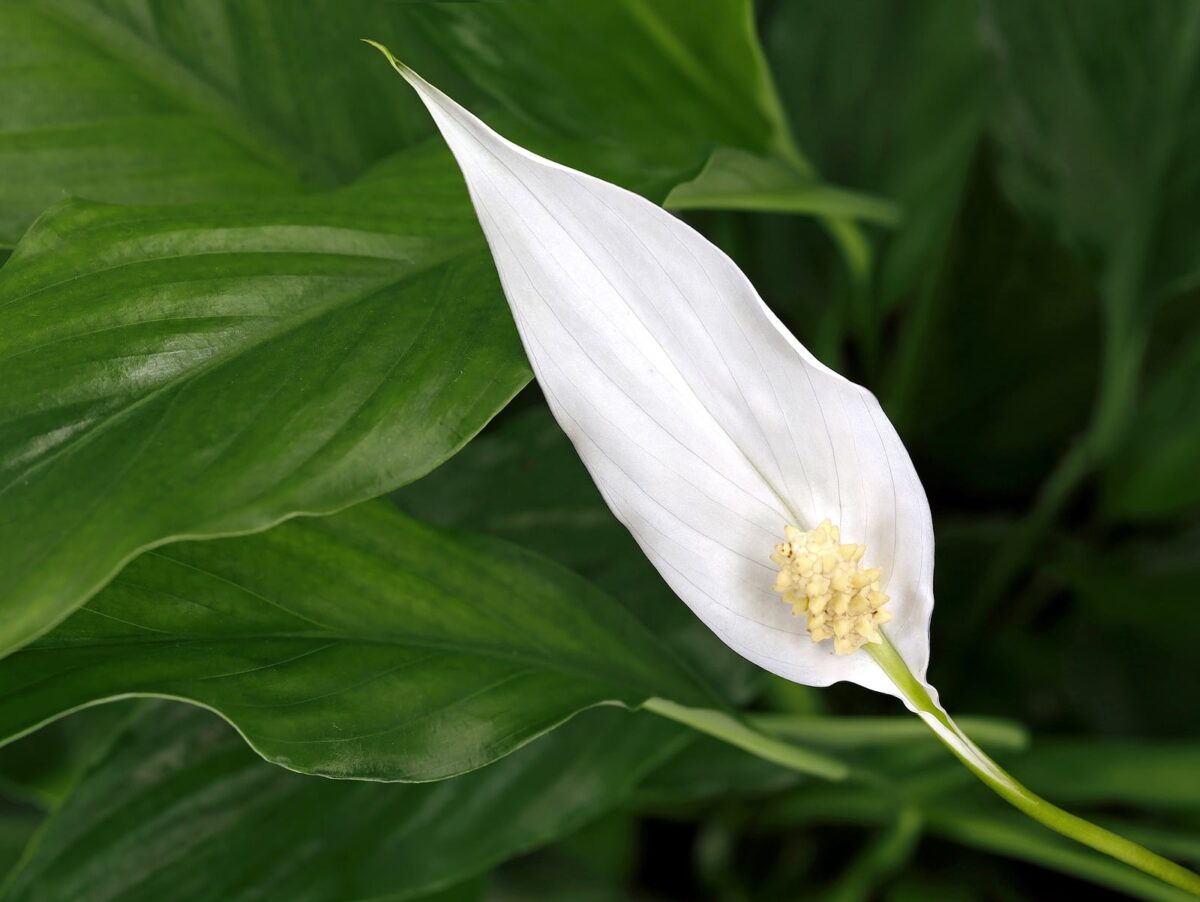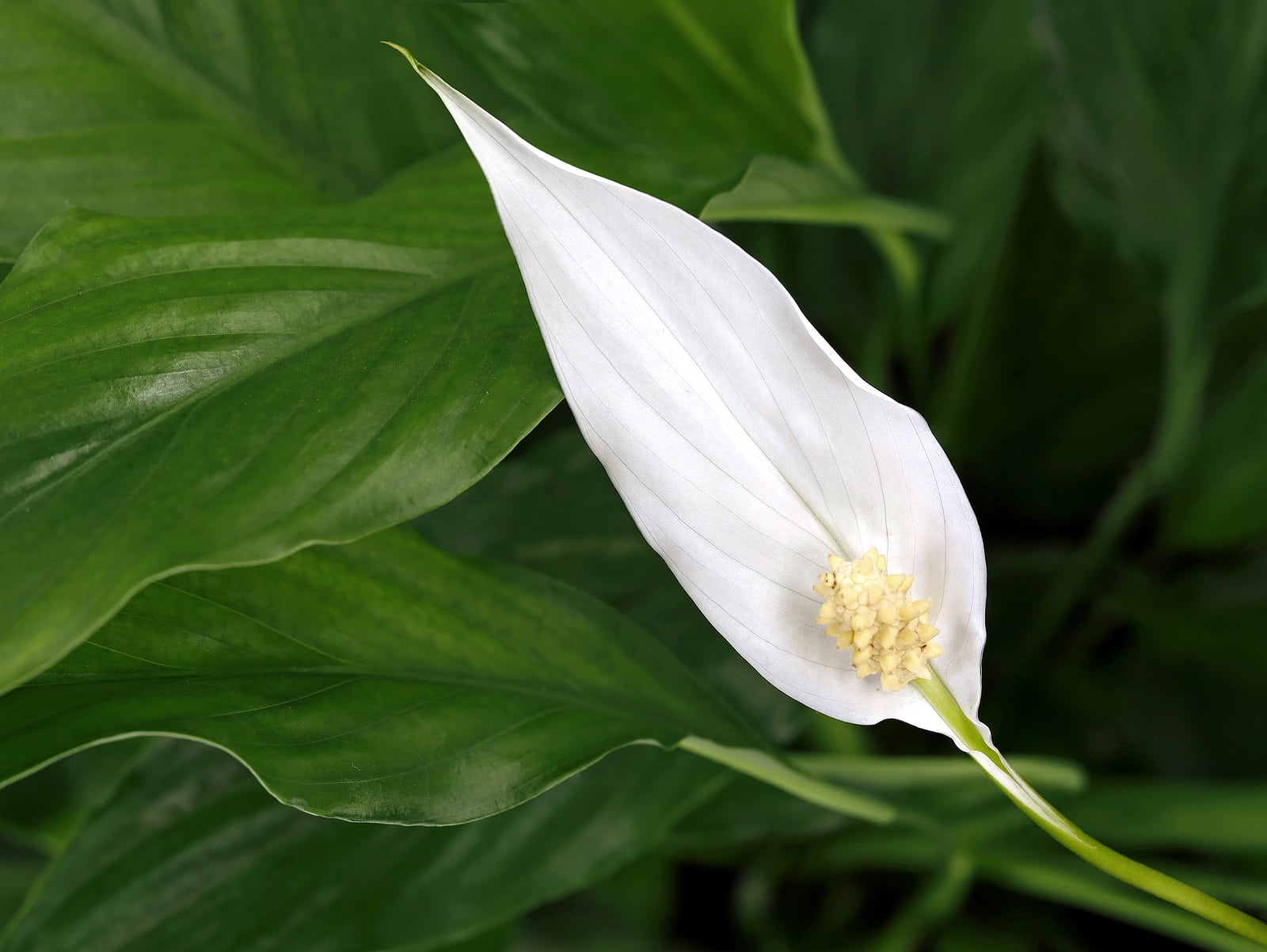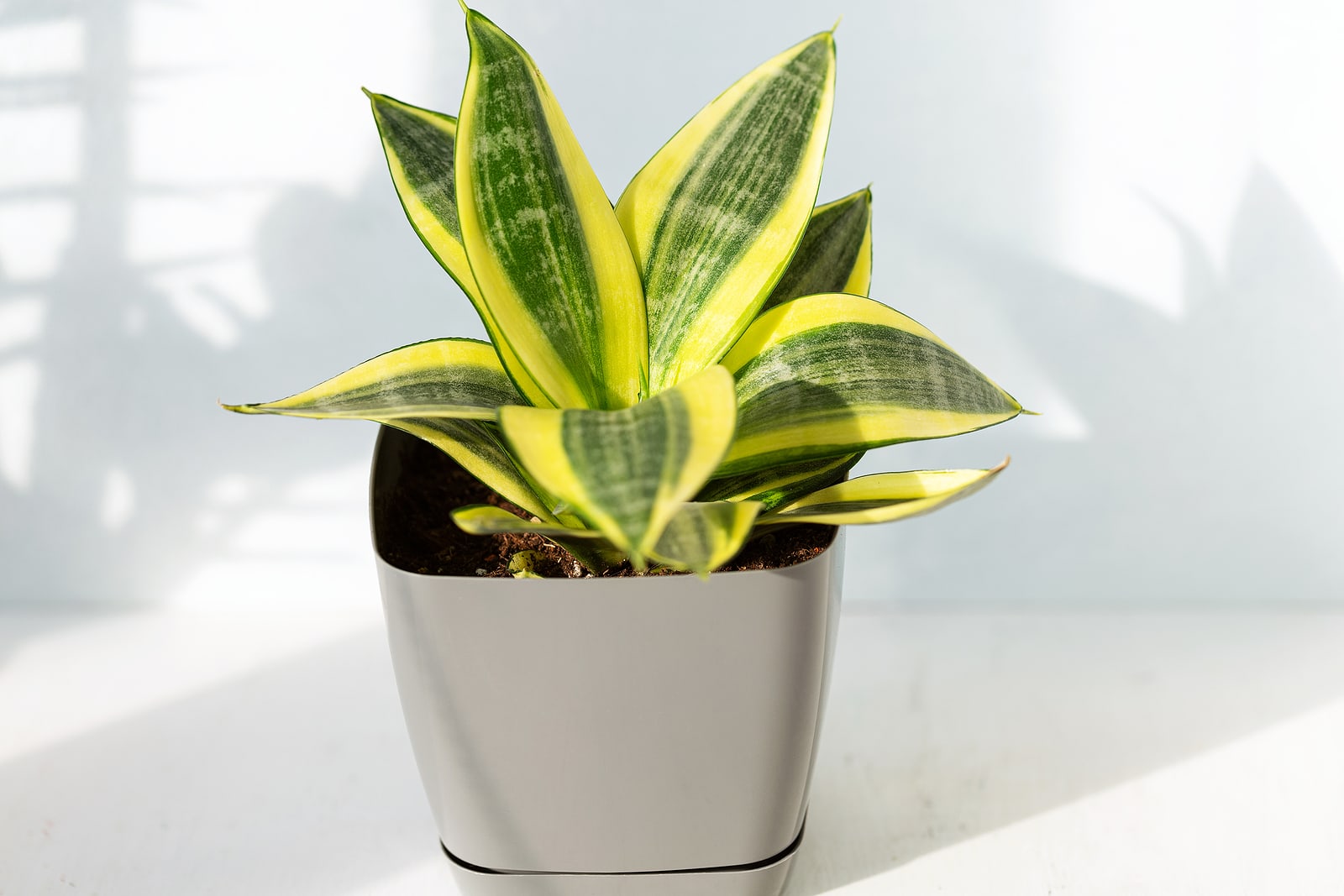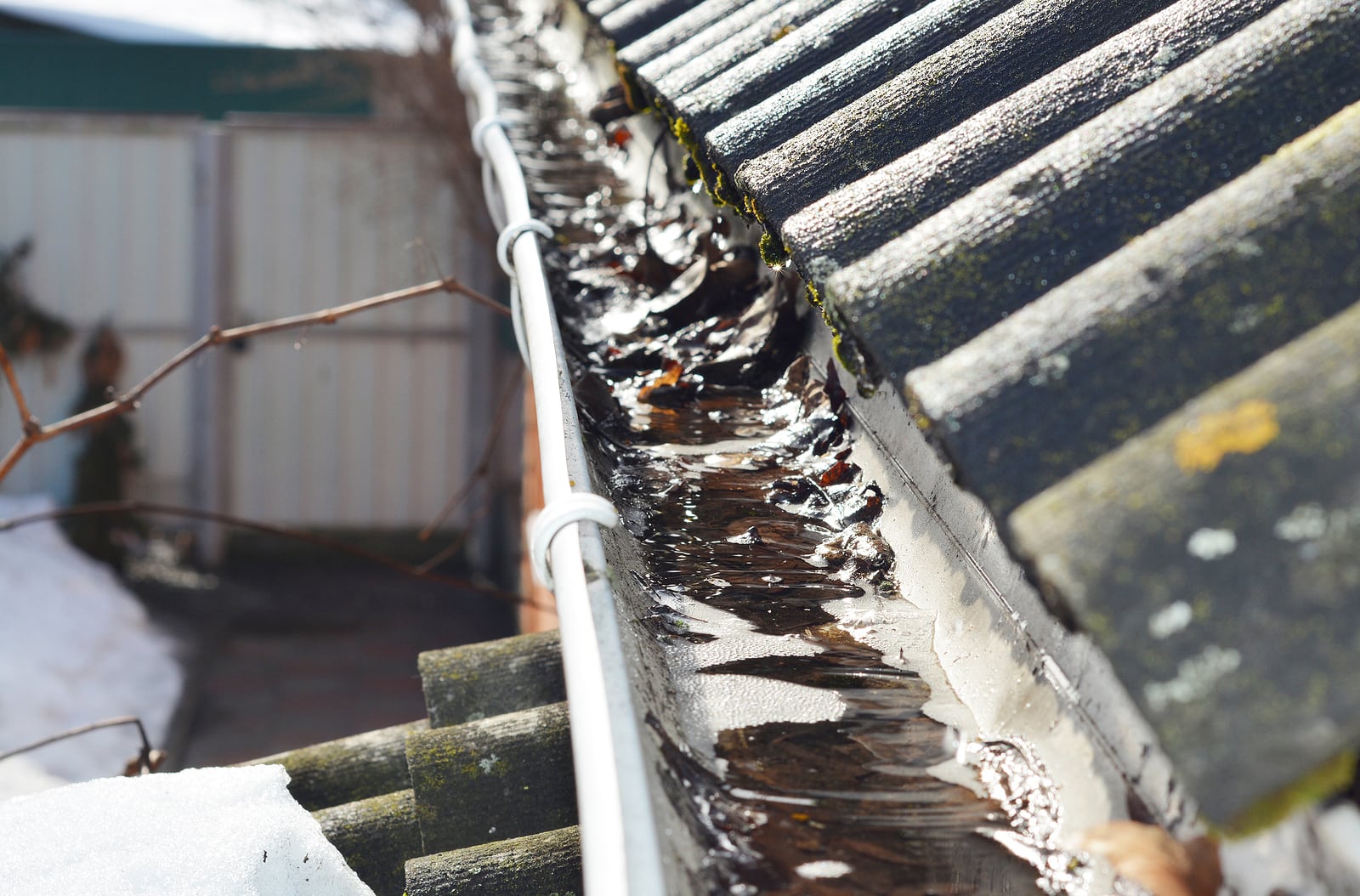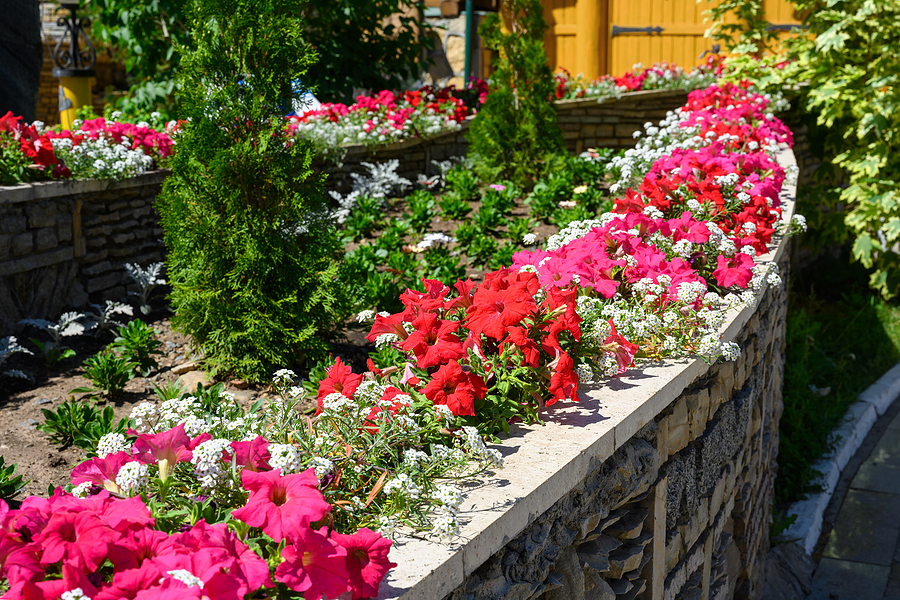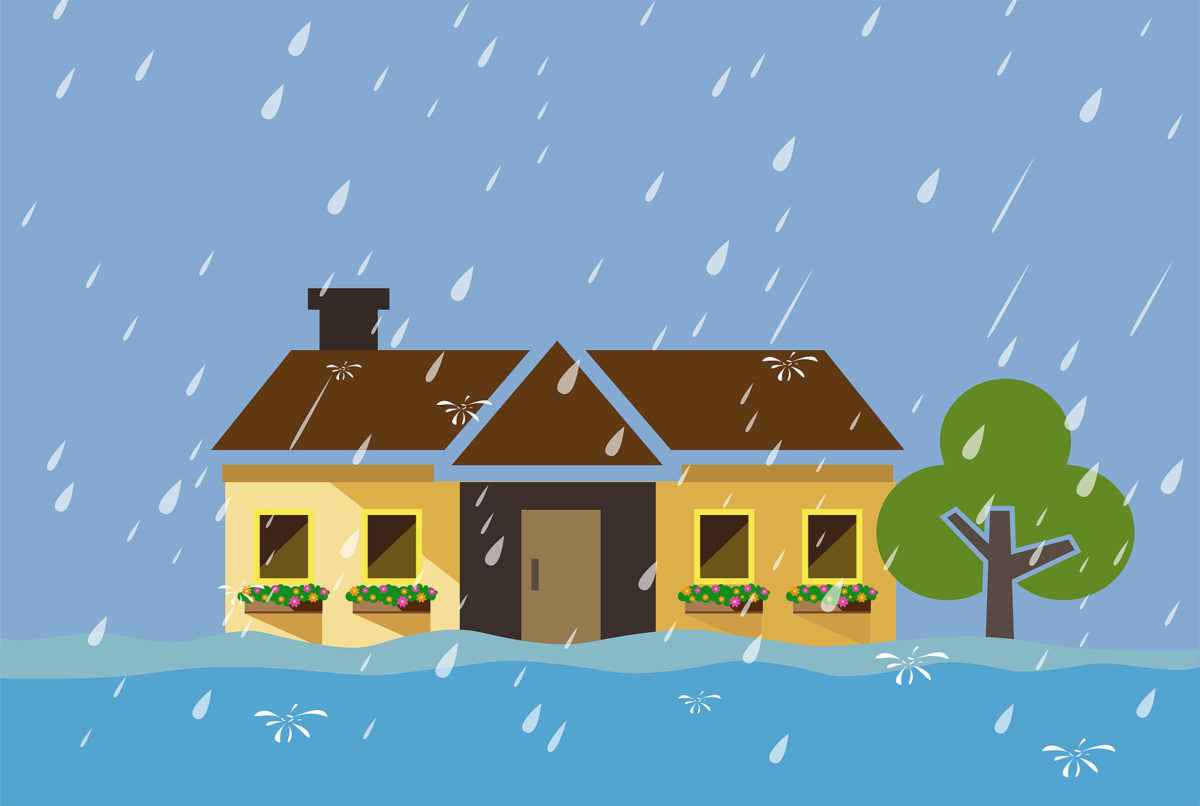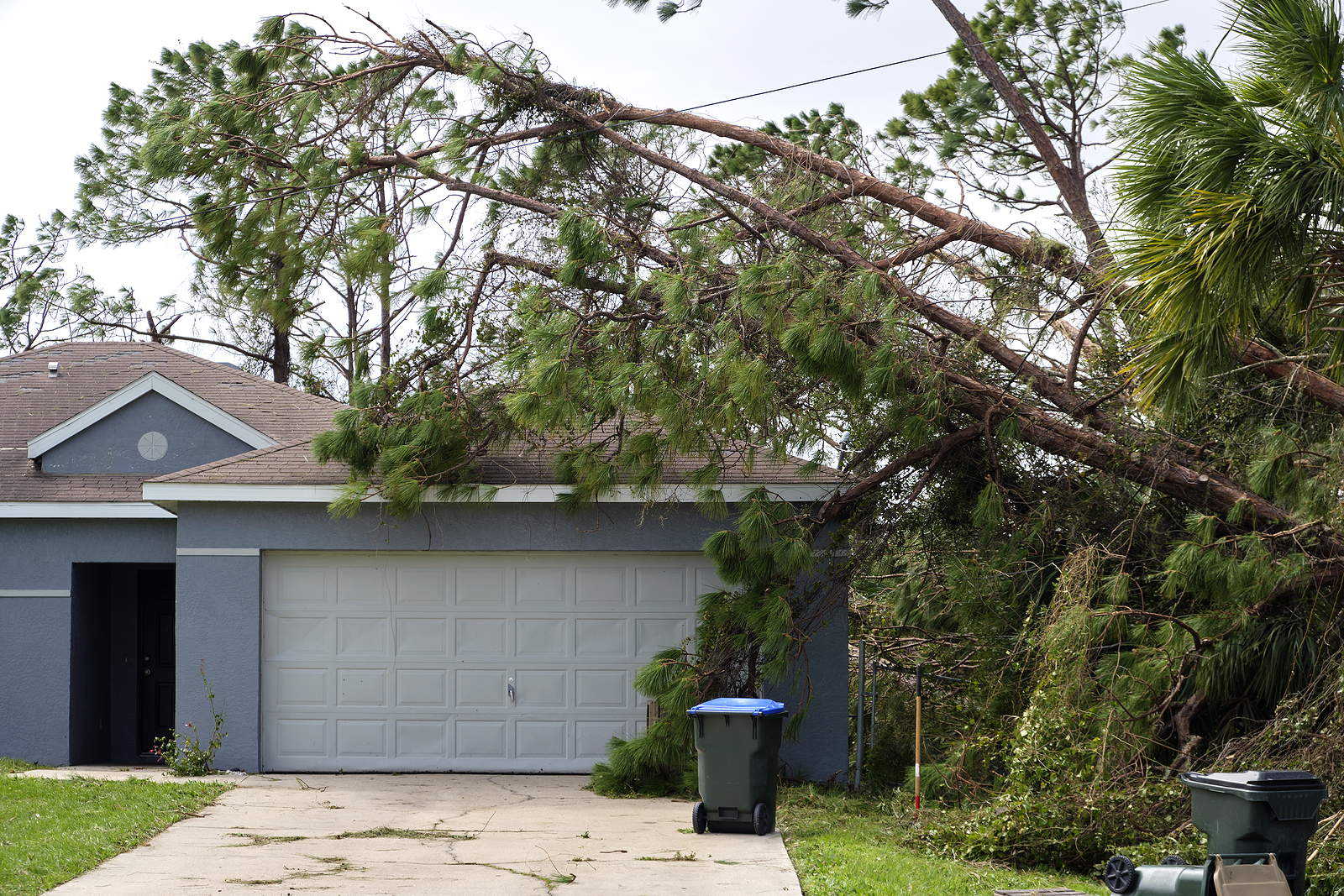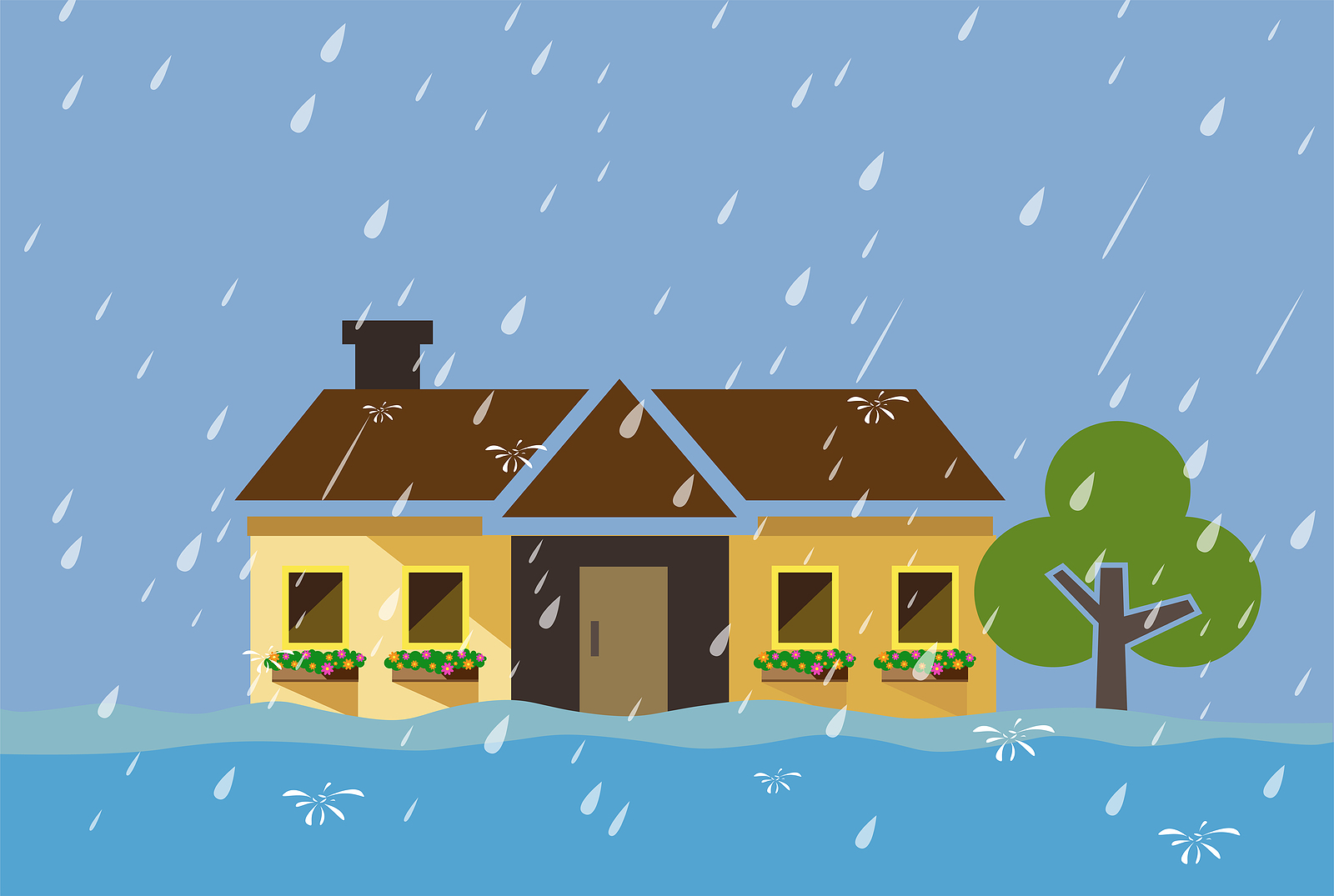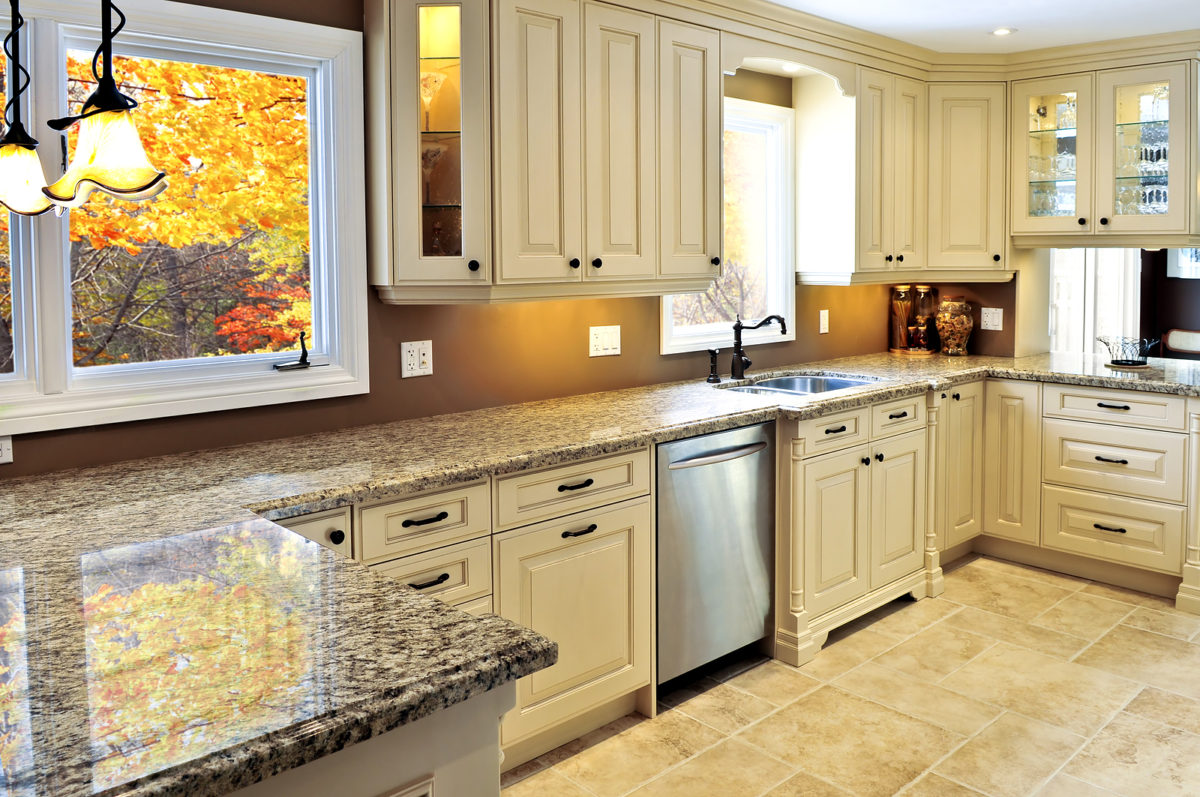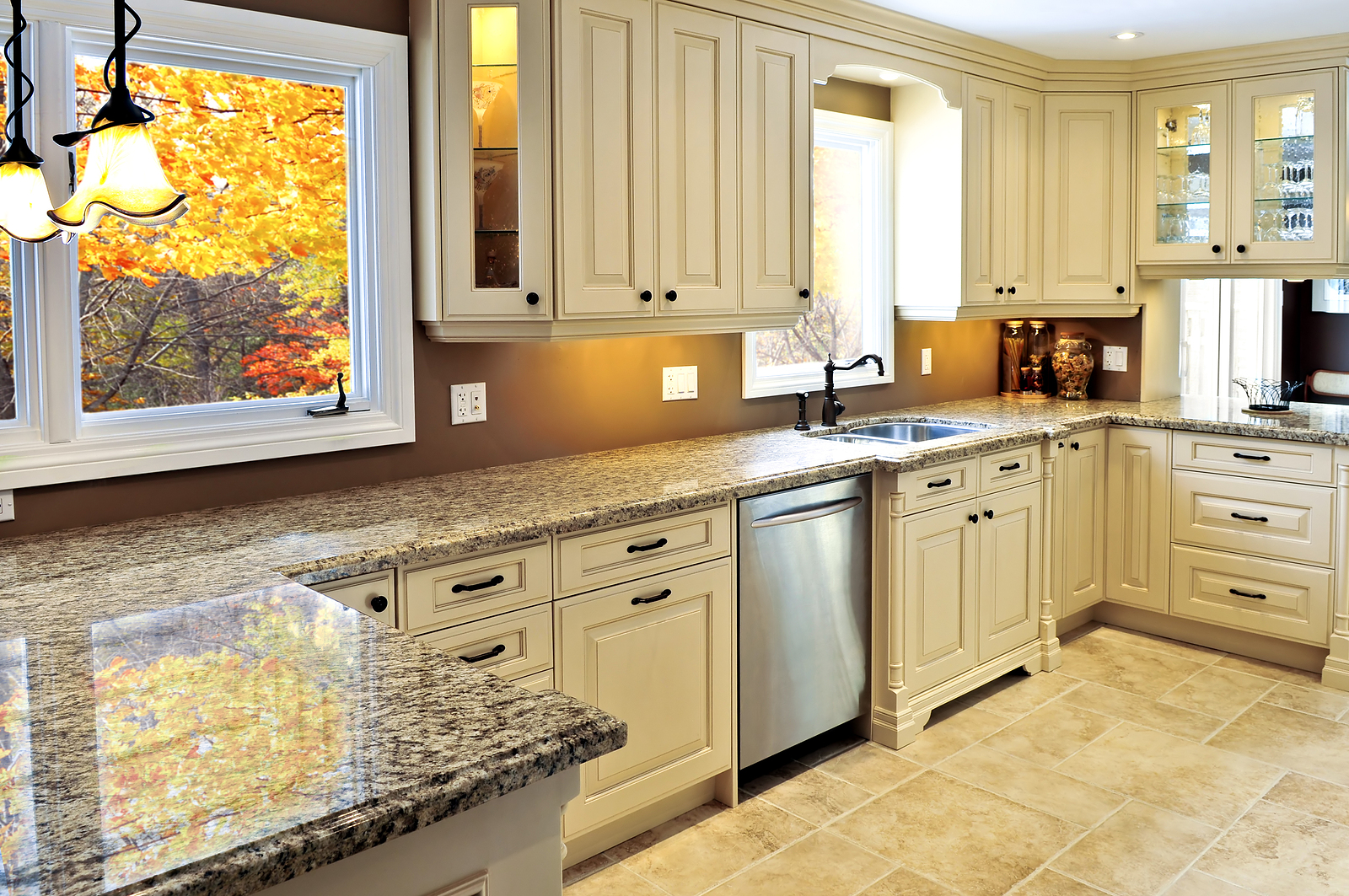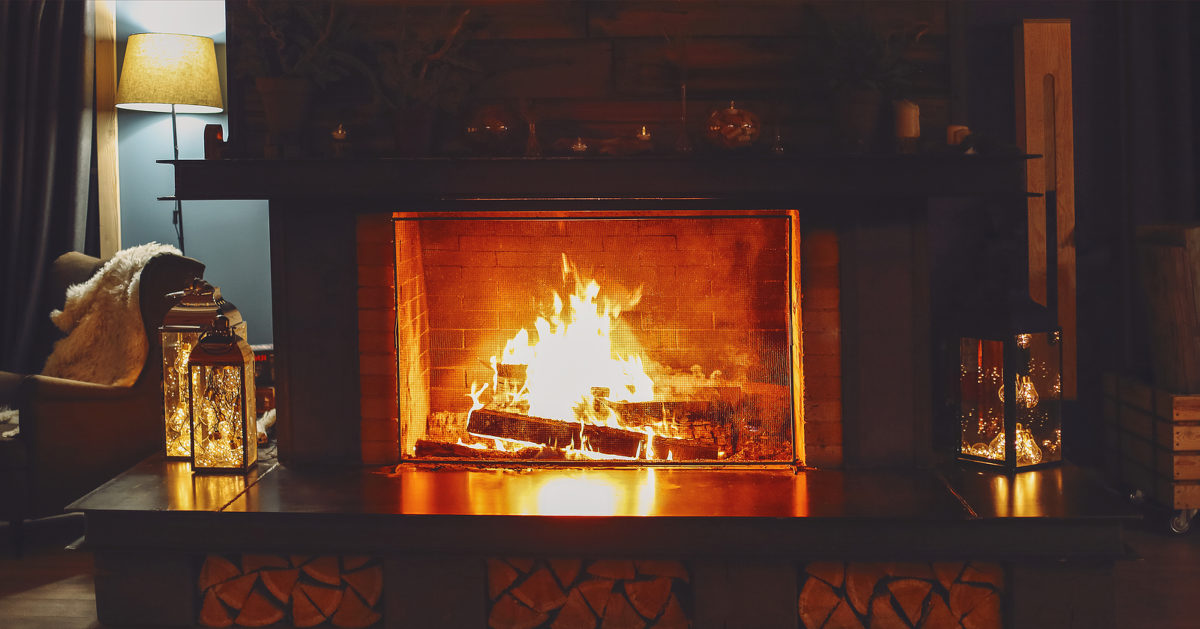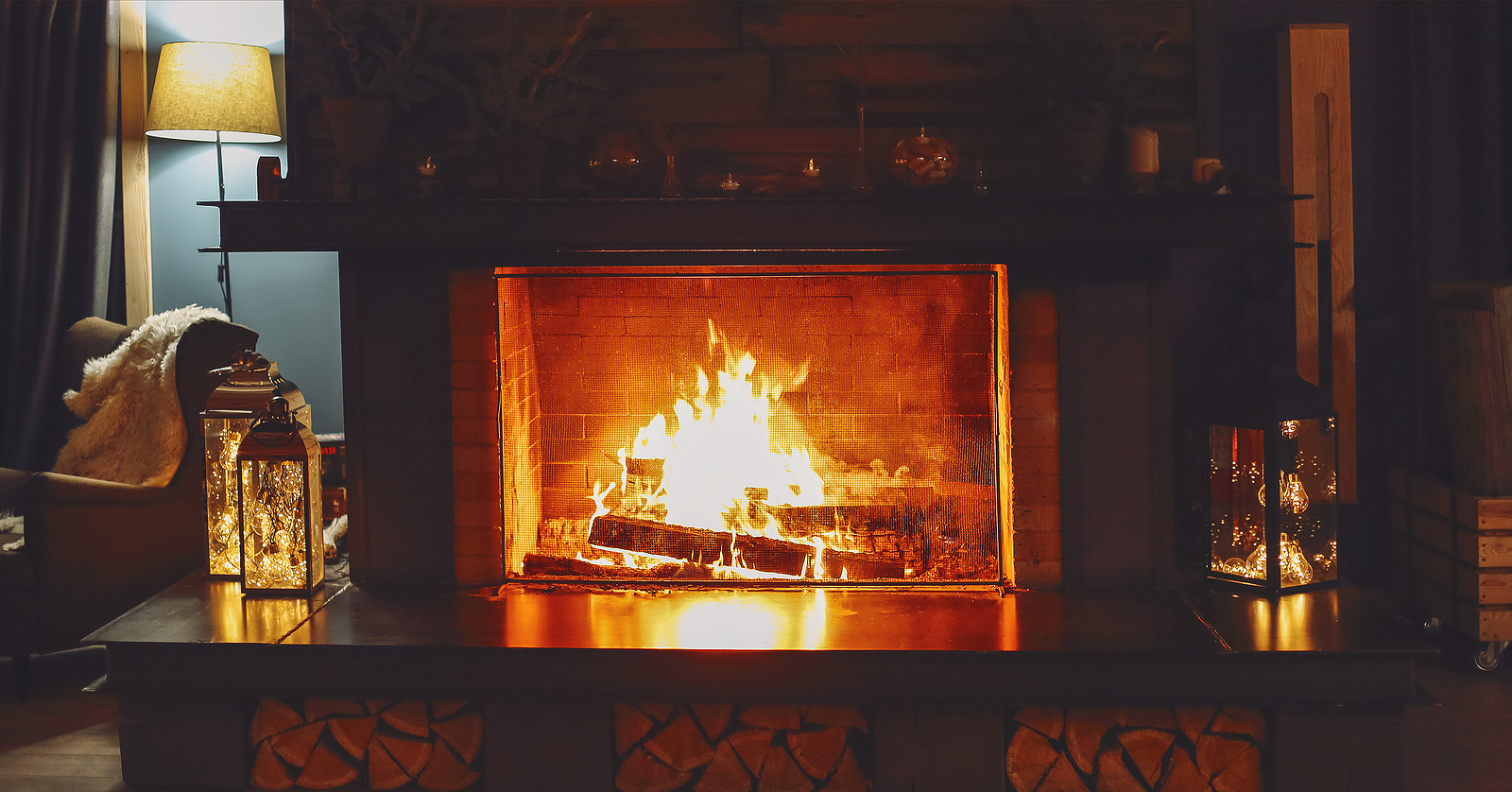
From $150 to $600. That’s the going rate for electricians “… for most small to medium electrical tasks,” according to the editors at ThisOldHouse.com.
They go on to suggest that the total amount of your bill will depend on three things:
- The size of the home
- The complexity of the project
- The type of license the electrician holds
The latter breaks down into apprentice electrician, journeyman electrician and master electrician. Expect to pay up to $60 an hour for the apprentice, up to $90 an hour for a journeyman and up to $120 an hour for the master electrician.
Like most tradespeople, electricians aren’t all alike. Today we’ll take a look at ways to choose the right one for your job by unpacking common mistakes homeowners make when hiring an electrician.
1. Choosing the electrician that offers the lowest bid
According to Kristen Dalli at ConsumerAffairs.com, “… despite record-high prices in nearly every category, a new survey conducted by Slickdeals showed that the majority of Americans prefer quality over a bargain.” There’s hope for us yet, right?
There are still those, however, who will always go with the lowest-priced bid. Sadly, “… buying the cheaper option over a higher quality item backfired for more than 60% of the survey participants,” cautions Dalli.
Apparently, more often, we truly do get what we pay for.
Hire a professional. Why take chances with something as dangerous and critical as your home’s electrical system and its components?
2. Not ensuring the electrician is licensed and bonded
If you belong to your neighborhood group on NextDoor.com or Facebook.com, you no doubt know how many people ask for referrals to tradespeople.
Invariably, tradespeople show up in the thread offering their services. Very rarely does anyone ask if he or she is licensed, let alone bonded.
Earlier, we outlined the three types of licenses for electricians. “To become licensed, electricians must first apprentice with a qualified master electrician for at least two, but usually four years,” according to the pros at Asbury Electric in Gloucester, VA.
The licensing exam is rigorous.
What about bonding? “While insurance offers protection for the company, bonding offers protection to a business’s customer,” explains Alyssa Gregory at TheBalance.com. Both are important for the consumer.
Ask the electricians that you choose to interview for your project if they are both licensed and bonded.

3. Not requesting and contacting references
The best way to find an electrician is through referrals from friends and family. Gather up a couple of names and, during the interviews, ask them for the contact information for their last couple of customers.
Then, call these people. Ask them about the quality of the work, the electrician’s punctuality, and anything else you need to know.
You might also want to check any reviews (if any) on the Better Business Bureau’s website.
4. Not setting out the agreement in writing
If the electrician doesn’t offer a contract, ask that at least he or she put the details (scope of work, fees, project timeline, etc.) in writing and that both of you sign it.
Money is tight for so many right now that it’s important to ensure you are getting quality work for the money you’re spending.

